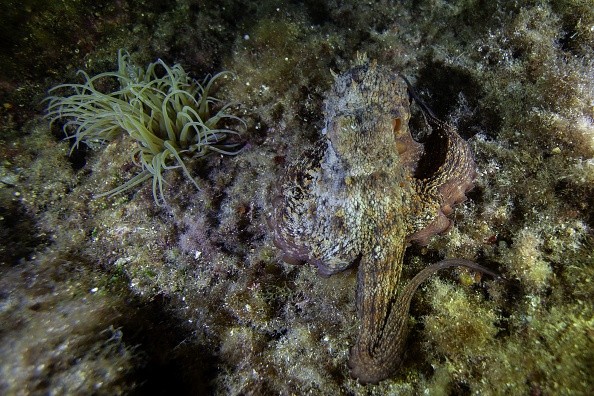The greatest solution to a problem isn't usually the most complex, and the best answer isn't always the most recent. While we humans are only getting our feet wet with innovation (relatively speaking), the animal kingdom has millennia of evolutionary trial-and-error to learn from.
Biomimicry
Biomimicry, as it's known, is a strategy for developing answers to human problems by copying natural designs and ideas. We thought it'd be amusing to collect together a handful of the more notable instances because it's utilized everywhere: buildings, automobiles, and even materials. Here are eight of the most amazing natural-inspired technical uses.
Wind Turbines Mimicking a Humpback Whale

Many of today's aerodynamic designs are based on straightforward concepts. Sleek edges and clean lines are essential for excellent lift and minimal drag. However, many species in the animal realm are capable of extraordinary lift. The Humpback whale, for example, propels itself with rough tubercle fins, which looks contradictory.
According to a Harvard-led study team, these nodules allow whales to pick a steeper "angle of attack," which is the angle between the flow of water and the face of the flipper. The attack angle of a humpback whale's flipper can be up to 40% steeper than that of a smooth flipper.
Sectional stalls develop at various spots along the fin due to these tiny ridges. This makes a full-fledged stall much more challenging to avoid.
Using model flippers, the Naval Academy discovered that these biomimetic fins decreased drag by roughly a third and increased lift by 8% overall. Whale Power, a Toronto-based firm, has already tapped into this newest generation of technology.
According to MIT, the biomimetic blades used by Whale Electricity help create the "same amount of power at 10 miles per hour as conventional turbines generate at 17 miles per hour," according to MIT.
Stenocara Harvesting Water
The Stenocara beetle lives in Africa's arid Namib desert, yet it has an evolutionary hack to draw water out of thin air. The beetle can gather moisture from the morning fog thanks to a system of nodes on its back.
The droplets then fall into tiny passageways to the beetle's mouth. Academics are presently using this discovery to construct biomimetic patterns that can gather water from the air.
Woodpecker Shock Absorption

Woodpeckers are recognized for their incredible digging abilities. The animals' beaks are used to seek insects and make hiding places for themselves. Woodpeckers undergo a deceleration of 1200 gravitational forces (Gs) roughly 22 times each second when they dig their holes.
To put it in context, a major vehicle accident might cause a passenger to experience 120 Gs. How does the woodpecker deal with the constant jolts?
Natural shock absorbers are the answer. Researchers at the University of California, Berkeley, used video and CT scans to determine that woodpeckers had four structures to absorb mechanical shock. The semi-elastic beak of the bird, a region of "spongy bone" material beneath the bird's skull, and the cerebrospinal fluid all work together to prolong the time this concussion occurs, therefore suppressing vibration.
The team is developing various applications based on this multifunctional construction, ranging from more shock-resistant flight recorders (black boxes) to micrometeorite-resistant spacecraft.
Cepalophod Stealth

Squids, like all cephalopods, may shine (bioluminescence) and change the color of their skin. They can hide from predators thanks to their camouflaging abilities, and their bioluminescence lets them communicate with and/or attract a partner. A network of specialized skin cells and muscles is responsible for this intricate activity.
Researchers at the University of Houston have invented a gadget that can sense its surroundings and match them in seconds. Actuators, light sensors, and reflectors are used in this early prototype to create a flexible, pixelated grid.
A signal is transmitted to the matching diode when the light sensors detect a change in the environment. The thermochromatic grid changes color due to the heat created in the region. In the future, this artificial "skin" might be used for both military and commercial purposes.
Related Article : Gay Dog Takes a Look at Homosexuality in the Animal World
For the most recent updates from the animal kingdom, don't forget to follow Nature World News!
© 2025 NatureWorldNews.com All rights reserved. Do not reproduce without permission.





